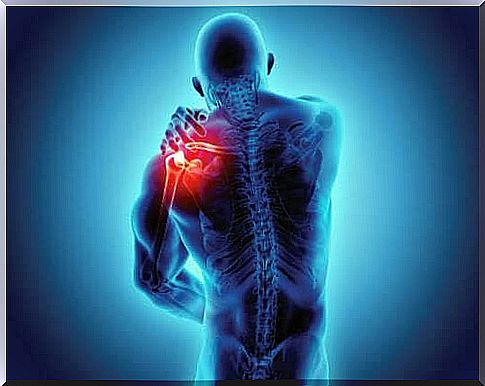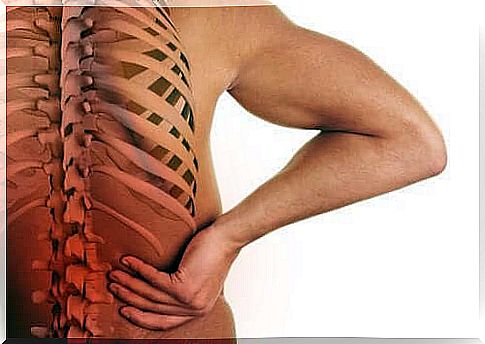Spondyloarthropathies: Symptoms And Diagnosis
Spondyloarthropathies refers to problems related to arthritis. We are going to find out what their diagnosis involves, their symptoms and how to treat them.

These present a fairly common symptomatology. This is why they are grouped together in the same concept of spondyloarthritis, which we will detail later.
What are spondyloarthropathies?
As the Spanish article Patogenia de las espondiloartropatías seronegativas clearly shows, spondyloarthropathies constitute a group of inflammatory arthritis type. In the event that their diagnosis turns out to be seronegative, this means that they do not affect the peripheral and axial, enteritic or extra-articular joints.
What are the different diseases that make up the group of spondyloarthropathies? This subject is dealt with by the Spanish article Espondiloartropatías. Utilidad de los criterios de clasificación . Let’s see which ones it is:
- Ankylosing spondylitis (AS) : chronic rheumatic disease.
- Psoriatic arthritis (APso) : chronic inflammation of the peripheral joints, spine and entheses, associated with the presence of psoriasis.
- Juvenile spondylitis : the same as the previous one, but which affects young patients.
- Reactive arthritis (Are) : inflammation of the joints that occurs after infection.
- Enteropathic arthritis : associated with Crohn’s disease and inflammatory ulcerative colitis.
Within the group of spondyloarthropathies are also the undifferentiated ones. Indeed, these refer to a group of patients who present some of the characteristics of these diseases but whose diagnostic criteria do not allow them to be classified in one of the preceding groups.
Symptomatology
Now that we know the diseases that form the group of spondyloarthropathies, we will see what symptoms characterize it. Although, as we have been able to see, there are different associated diseases, most manifest the following symptoms:
- Lower back pain : This is often the main red flag of something wrong.
- Pain and swelling : Present on the arms and legs, it is not a very common symptom.
- Vertebral stenosis : it is a consequence of ankylosing spondylitis which manifests itself in lower back pain.

These are some of the symptoms, but as we have seen previously, psoriasis or Crohn’s disease can also be associated with spondyloarthropathies. It is important to see a doctor for any discomfort or pain so that they can perform the appropriate tests and make an accurate diagnosis.
Diagnostic
If you visit the doctor because of any of the symptoms shown, the doctor will perform a series of tests. The first is to review your medical history and then perform a physical exam. In case that is not enough, there are other options:
- X-ray : allows you to see what changes have occurred in the joints. However, if they are very recent, they may not be fully visible.
- Magnetic resonance imaging (MRI) : this technique can detect the first signs of spondyloarthropathies that do not appear on the x-ray.
Normally, before performing these tests, the doctor will order a blood test. Indeed, if the HLA-B27 gene is detected in the blood, there is a good chance that it is a sign of spondyloarthropathy. However, an X-ray or MRI will be needed to confirm this.
How are spondyloarthropathies treated?
Now that you know a little more about spondilarthropathies, you are probably wondering what the different forms of treatment are today.
In the case of spinal stenosis, surgery seems to be an obvious option. However, in most cases, if the situation is not serious, one can also opt for the following methods:
- Exercises to support joint stretching and mobility.
- Medicines to help reduce pain and calm inflammation.
- In severe cases, full or partial replacement surgery is often used.
An early diagnosis of spondyloarthropathies will allow you to take a series of measures that will avoid the need for surgery. However, it is not easy to detect this pathology because it is often believed that the pain is due to something else, such as bad posture for example.
Through this article, we want to make you aware of the importance of always going to the doctor instead of making assumptions. Early treatment will prevent you from many problems in this type of situation.









